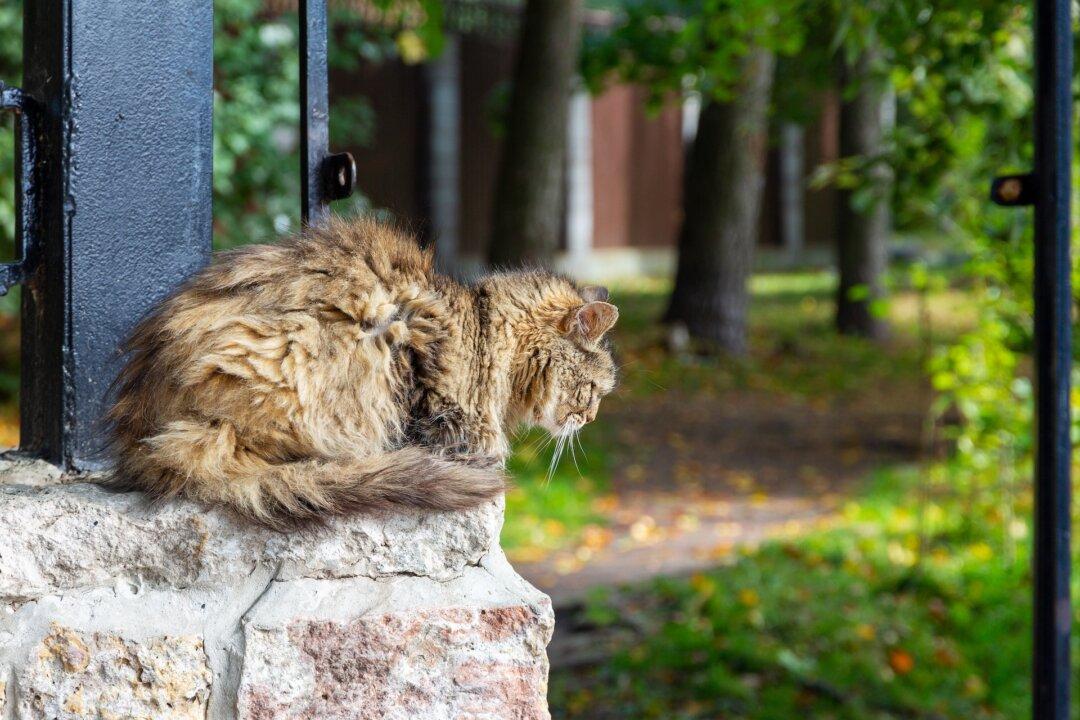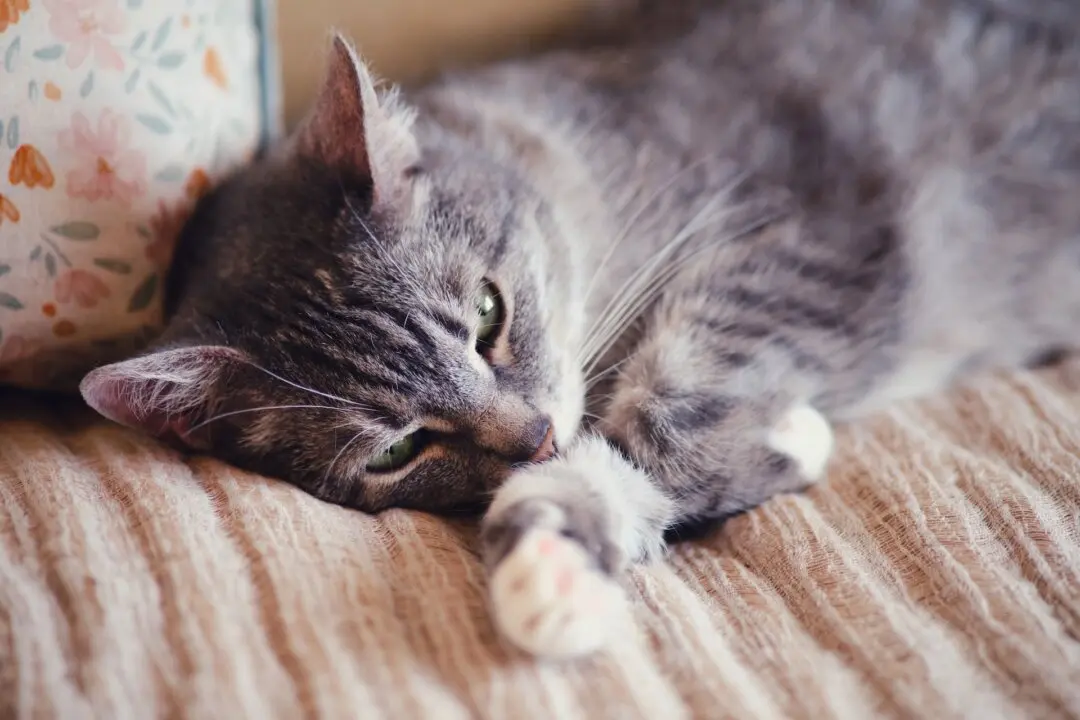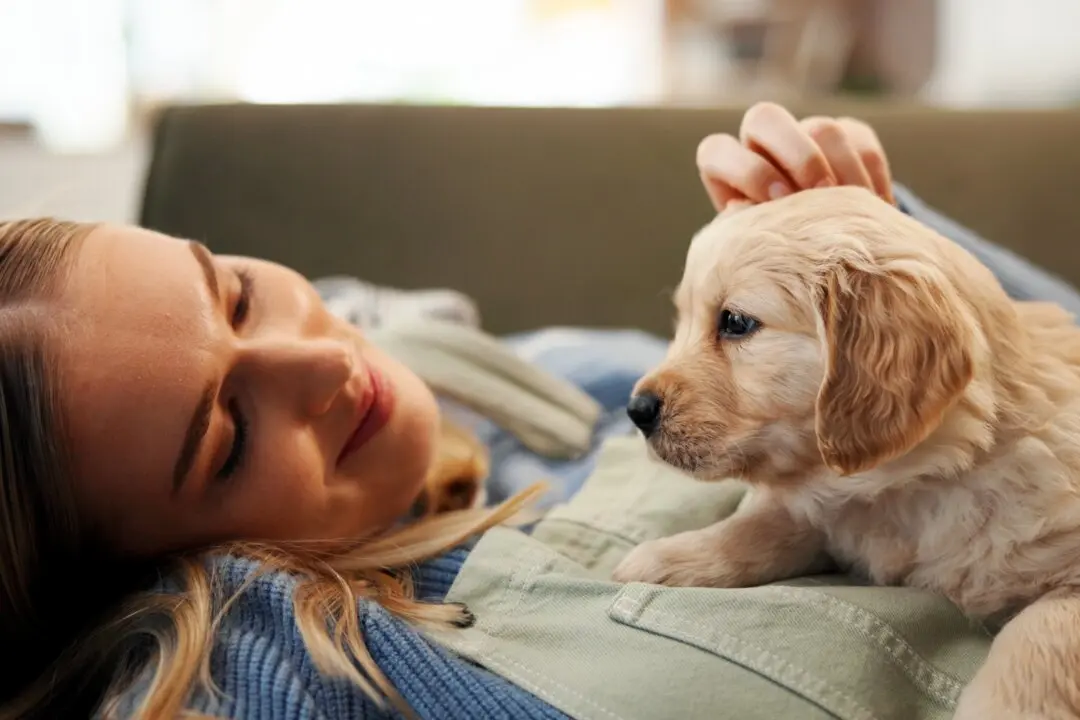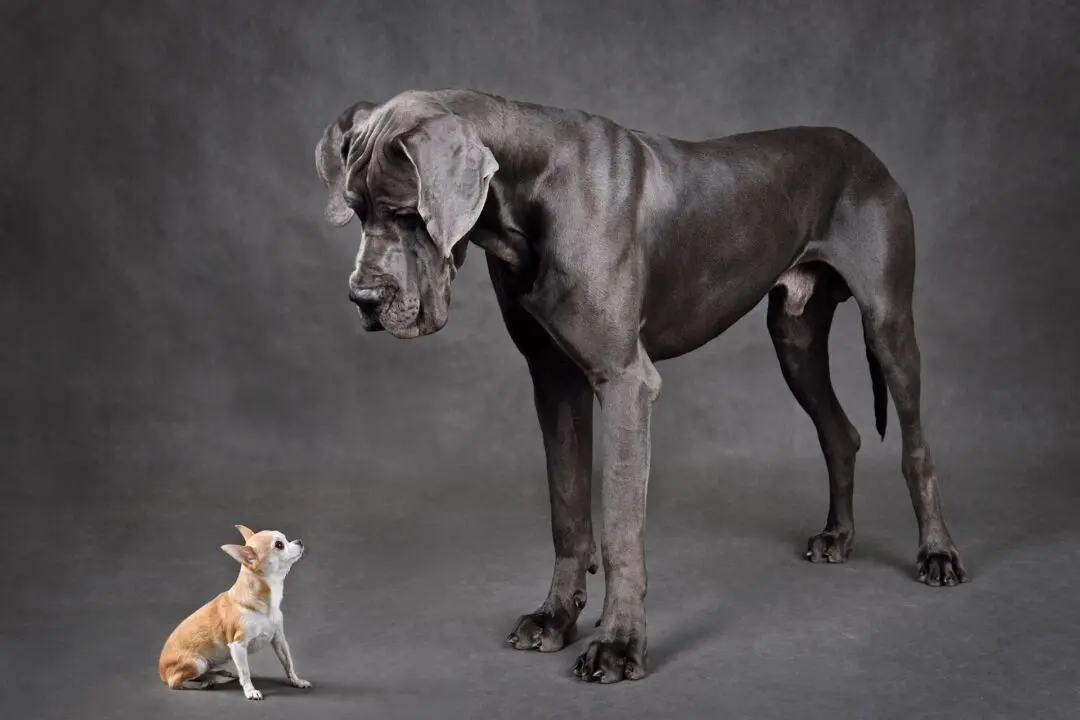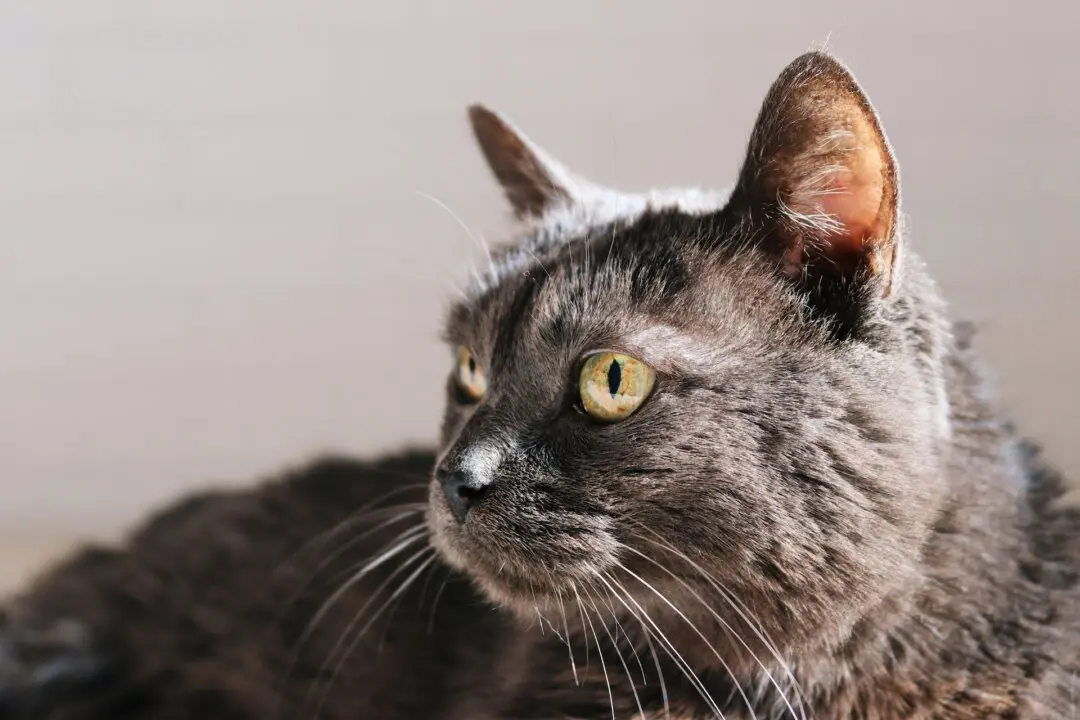Q: Our 12-year-old cat, Chia, is matted over her lower back, just above her tail. What is causing the mats, and how can we remove them? She nips at us when we try to brush or comb them out.
A: Cats groom themselves to clean their coats and remove loose fur. When they don’t groom, their fur mats. Mats cause discomfort and block air to the skin, increasing the risk of skin infection.

